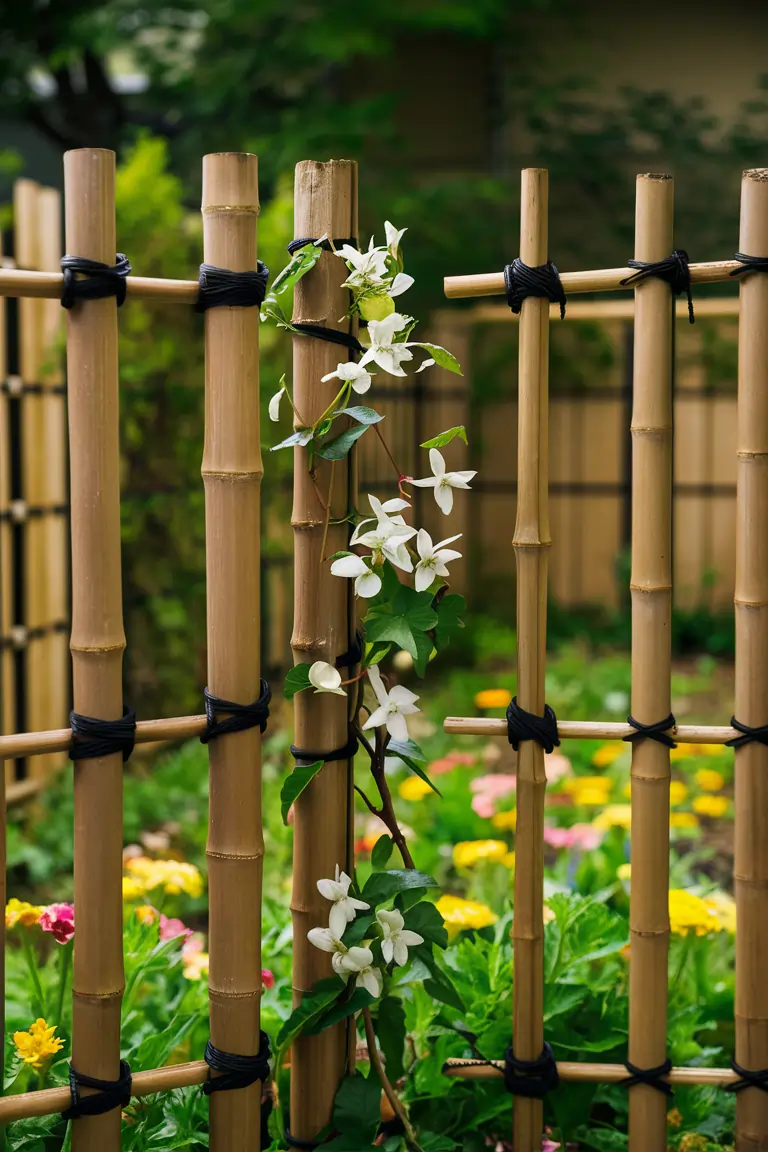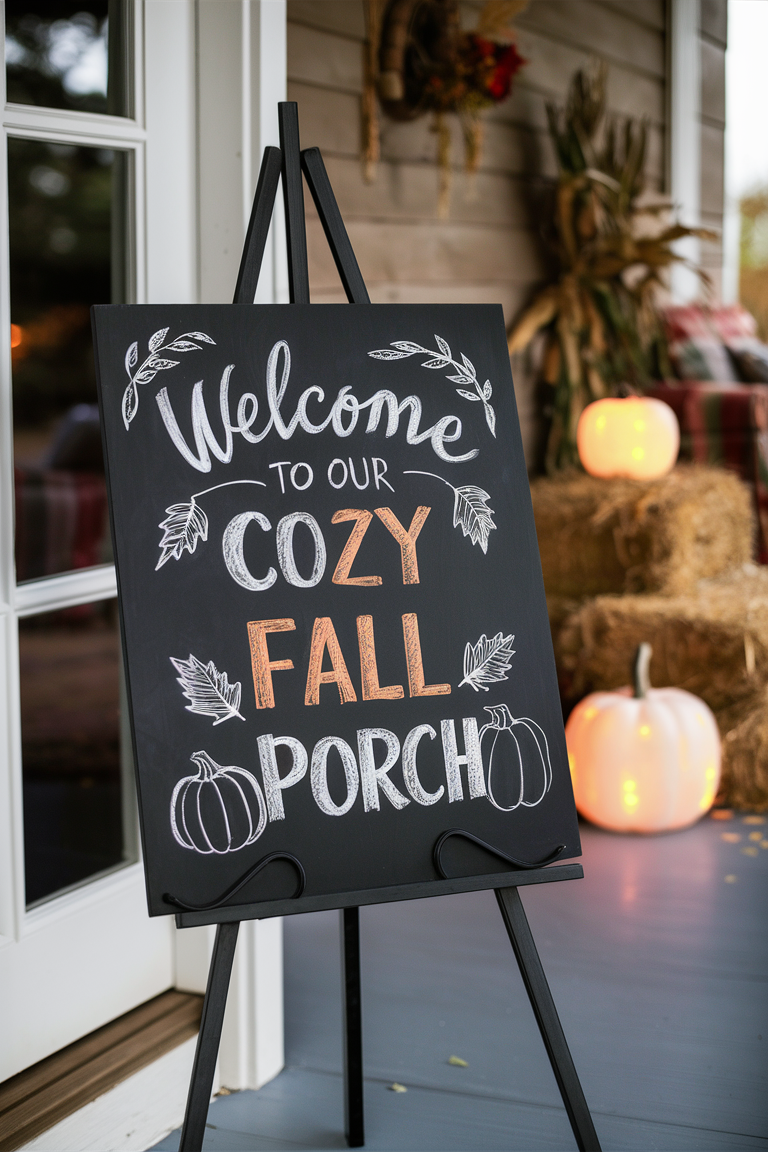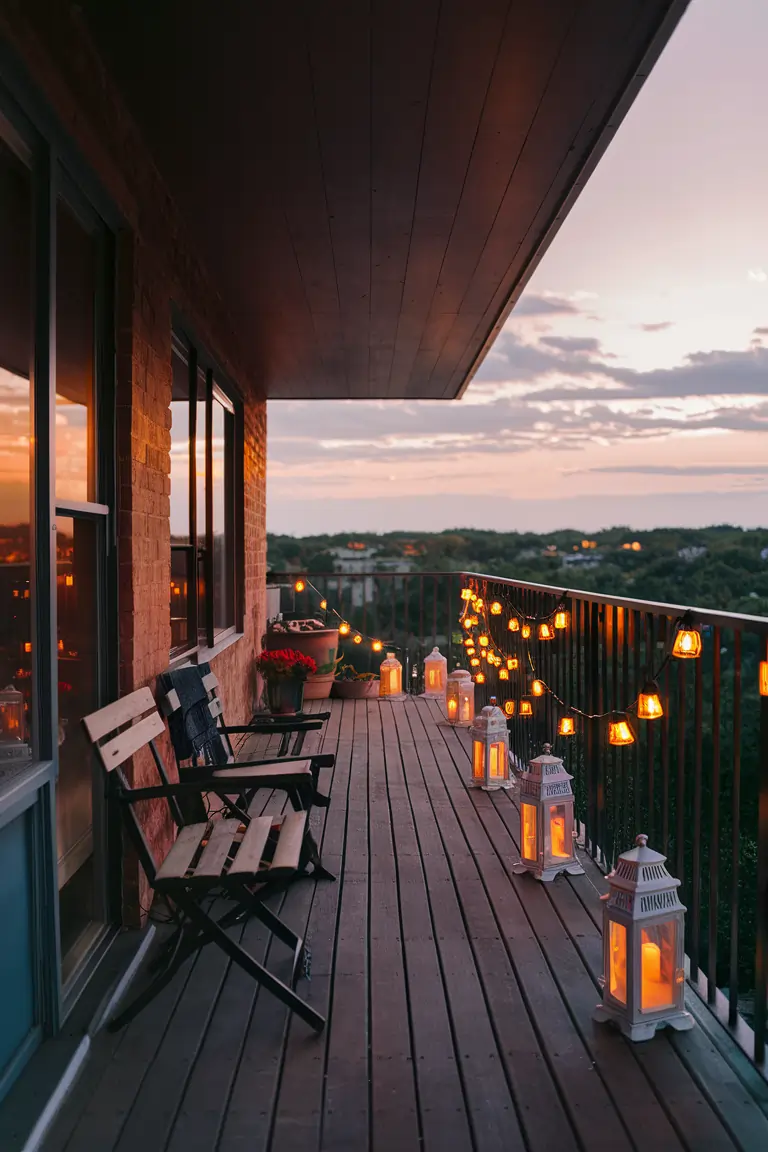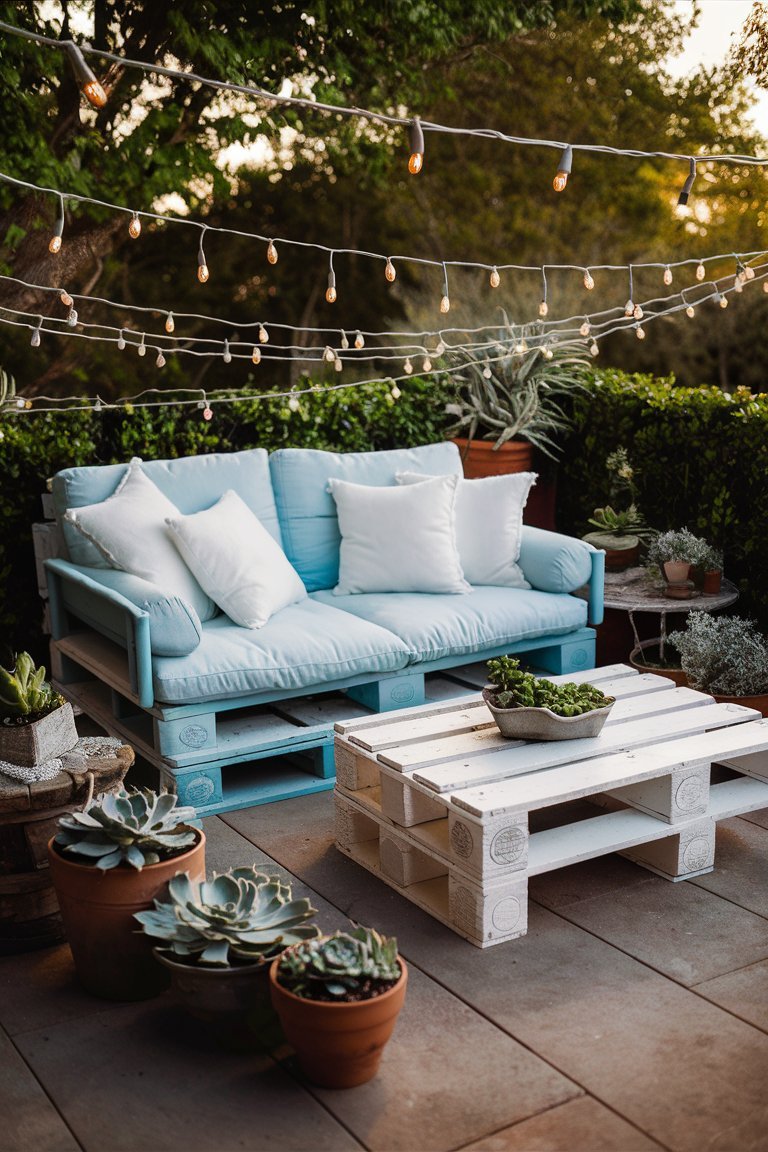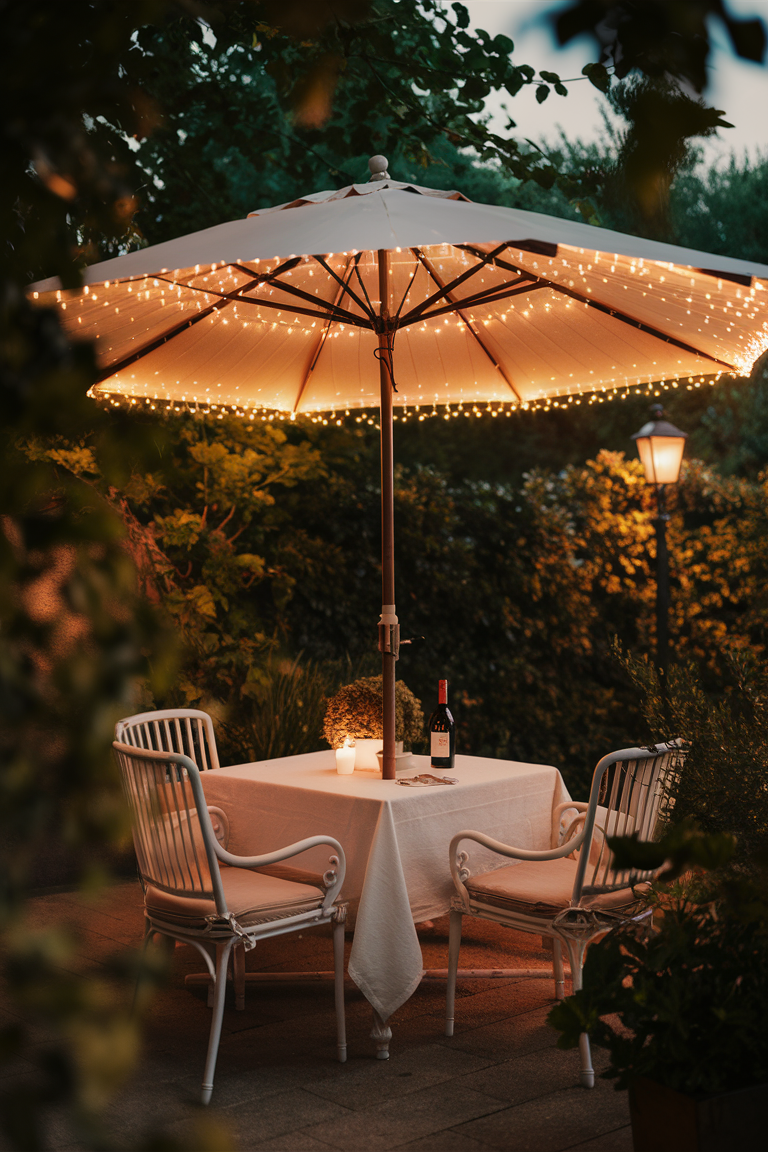15 Small Japanese Garden Ideas: Tranquility in Compact Spaces
Japanese gardens are renowned for their ability to create serene, meditative spaces in even the smallest areas. These miniature landscapes capture the essence of nature, bringing harmony and tranquility to urban environments.
In this article, we’ll explore 15 small Japanese garden ideas that can transform your compact outdoor space into a peaceful retreat. Whether you have a tiny backyard, a balcony, or even just a corner of your room, these ideas will help you create your own slice of Japanese-inspired serenity.
1. Zen Rock Garden (Karesansui)

A Zen rock garden, also known as karesansui, is a perfect choice for small spaces. This minimalist design uses carefully arranged rocks, gravel, and sand to represent natural landscapes. The act of raking the gravel in patterns around the rocks is meditative and calming. To create your own Zen garden, choose a variety of rocks in different sizes and shapes, and arrange them thoughtfully on a bed of fine gravel or sand. Use a wooden rake to create ripple patterns in the gravel, symbolizing water or waves. This low-maintenance garden requires no plants, making it ideal for indoor spaces or areas with limited sunlight.
2. Tsuboniwa (Courtyard Garden)

Tsuboniwa, or courtyard gardens, are perfect for small, enclosed spaces. These gardens typically feature a combination of elements such as stone lanterns, water features, and carefully pruned plants. To create a tsuboniwa, start with a focal point like a stone basin or a small water feature. Surround it with low-growing plants like moss or small ferns. Add stepping stones to create a path, and include vertical elements like bamboo screens or a small ornamental tree to add depth. The key is to create layers and use the available space efficiently, making even the smallest area feel like a complete garden.
3. Container Japanese Garden

For those with limited outdoor space, a container Japanese garden is an excellent solution. This portable garden can be created using a variety of pots and planters. Choose containers of different sizes and shapes, preferably in neutral colors or natural materials like stone or wood. Plant dwarf Japanese maples, miniature conifers, and small bamboo in larger containers. Use smaller pots for accent plants like hostas, ferns, or moss. Arrange the containers at different heights to create depth and interest. Add small decorative elements like miniature pagodas or stone lanterns to complete the look. This versatile garden can be easily rearranged or moved indoors during harsh weather.
4. Bonsai Display

Bonsai trees are the epitome of Japanese horticultural art, representing nature in miniature form. Creating a bonsai display is an excellent way to bring the essence of a Japanese garden into a small space. Start with one or two bonsai trees, choosing species like juniper, pine, or maple that are well-suited to bonsai cultivation. Place them on a simple wooden stand or shelf, ensuring they receive adequate light. Complement the bonsai with small accent plants (known as kusamono) and a viewing stone (suiseki). This arrangement not only serves as a living sculpture but also embodies the Japanese principle of wabi-sabi, finding beauty in imperfection and transience.
5. Tsukubai (Water Basin)

A tsukubai, or traditional Japanese water basin, can serve as the centerpiece of a small garden. Originally used for ritual cleansing before tea ceremonies, these stone basins add a sense of tranquility and the soothing sound of water to your space. To create a tsukubai feature, choose a stone basin with a simple, elegant design. Place it on a bed of smooth river rocks or gravel. Add a bamboo water spout (kakei) for a gentle trickle of water. Surround the basin with low-growing plants like dwarf mondo grass or moss to soften the edges. Include a stone lantern nearby for visual balance. This feature not only adds aesthetic value but also attracts birds, bringing life to your garden.
6. Niwaki (Cloud-Pruned Trees)

Niwaki, or cloud-pruned trees, are a striking feature of Japanese gardens that can add drama and structure to small spaces. This pruning technique shapes trees into artistic forms resembling clouds or platforms. For a small garden, choose compact tree species like Japanese holly, boxwood, or pine. Start with a young tree and gradually shape it over time, removing branches to create negative space and encourage a layered appearance. The key is patience and regular maintenance. A single well-pruned niwaki can serve as a stunning focal point in a small garden, creating the illusion of a much larger, mature landscape.
7. Moss Garden
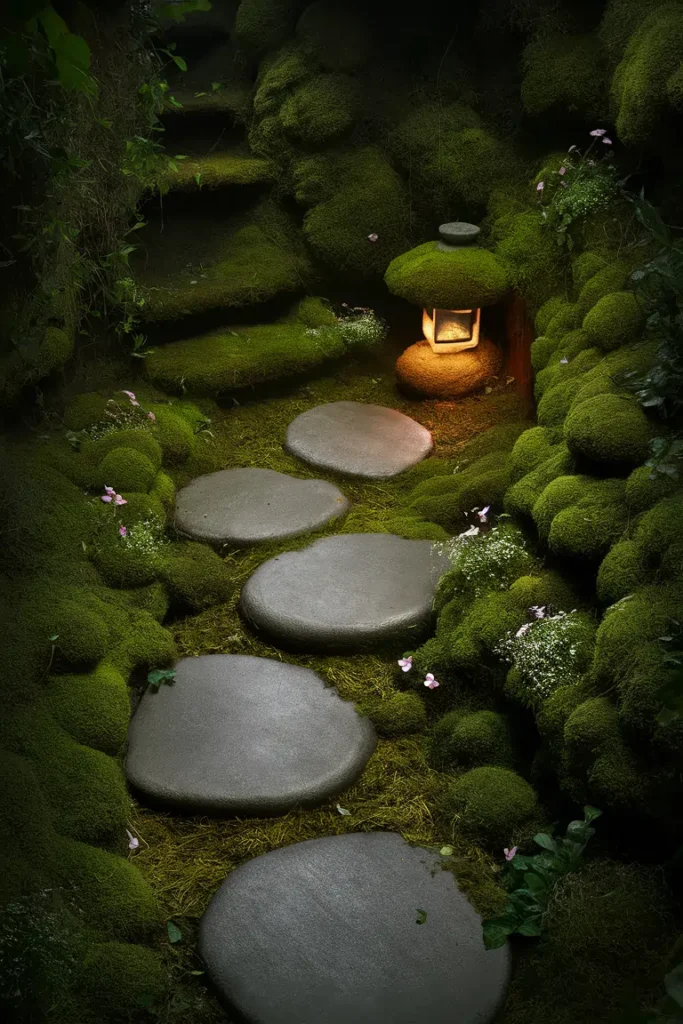
Moss gardens are a quintessential element of Japanese landscape design, perfect for small, shaded areas. These lush, green carpets create a sense of age and serenity. To create a moss garden, start by identifying a shaded area with slightly acidic soil. Choose a variety of moss species with different textures and shades of green. Plant them in patches, allowing them to spread naturally over time. Incorporate flat stones or stepping stones to create paths and add visual interest. Enhance the garden with small features like a stone lantern or a miniature pagoda. Moss gardens require minimal maintenance but thrive in humid environments, making them ideal for naturally damp areas.
8. Bamboo Fence (Takegaki)

A bamboo fence, or takegaki, is an excellent way to create privacy and define the boundaries of a small Japanese garden. These fences are not only functional but also add a natural, rustic charm to the space. To create a takegaki, use bamboo poles of varying diameters tied together with natural twine or black cord. The fence can be constructed in different styles, from simple vertical poles to more intricate woven patterns. Install the fence along the perimeter of your garden or use it to create separate “rooms” within a larger space. Complement the bamboo with climbing plants like jasmine or wisteria for added beauty and fragrance. The natural color and texture of bamboo blend seamlessly with other garden elements, enhancing the overall Japanese aesthetic.
9. Miniature Dry Landscape

A miniature dry landscape brings the concept of larger Japanese rock gardens into a compact space. This style, inspired by mountainous landscapes, uses rocks, gravel, and minimal planting to create a contemplative scene. Start with a shallow container or a defined area in your garden. Use fine gravel or sand as the base, representing water or empty space. Carefully select and place rocks of various sizes to represent mountains or islands. The arrangement should be asymmetrical but balanced. Add small plants sparingly, such as dwarf conifers or small clumps of grass, to represent trees or forests. This type of garden is not only visually striking but also low-maintenance, making it perfect for busy urban dwellers.
10. Tea Garden Path (Roji)
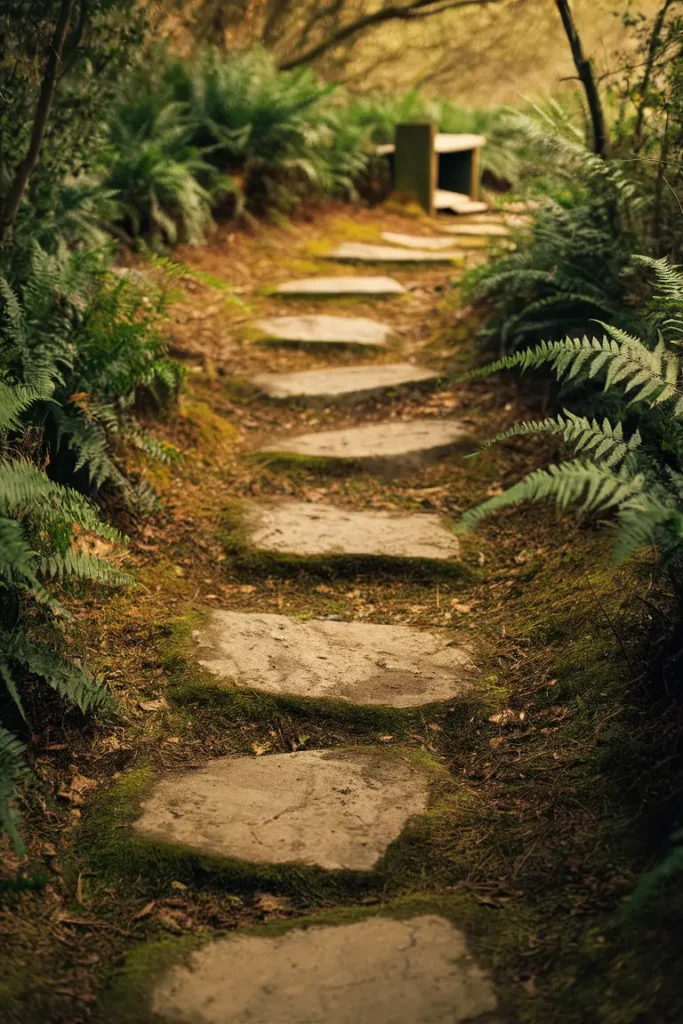
The tea garden path, or roji, is a fundamental element in Japanese garden design, traditionally leading to a tea house. In a small garden, you can recreate this concept to create a sense of journey and discovery. Design a winding path using stepping stones of various shapes and sizes. The path should not be straight but meandering, encouraging slow, mindful walking. Line the path with simple, low-growing plants like ferns, mosses, or small shrubs. Add elements of interest along the way, such as a stone lantern or a small water feature. The goal is to create a tranquil transition from the outside world to your garden sanctuary, even in a limited space.
11. Shoji Screen Garden Divider

Shoji screens, traditionally used in Japanese architecture, can be adapted to create beautiful and functional dividers in a small garden. These translucent screens allow light to filter through while providing privacy and structure to your space. Use weather-resistant materials to create outdoor-friendly shoji screens, or purchase ready-made versions designed for exterior use. Place the screens strategically to divide your garden into distinct areas, create a backdrop for plants, or hide unsightly views. The clean lines and simple design of shoji screens complement other Japanese garden elements perfectly. You can even use them to create a small, enclosed meditation area within your garden, offering a peaceful retreat for relaxation and reflection.
12. Koi Pond in Miniature
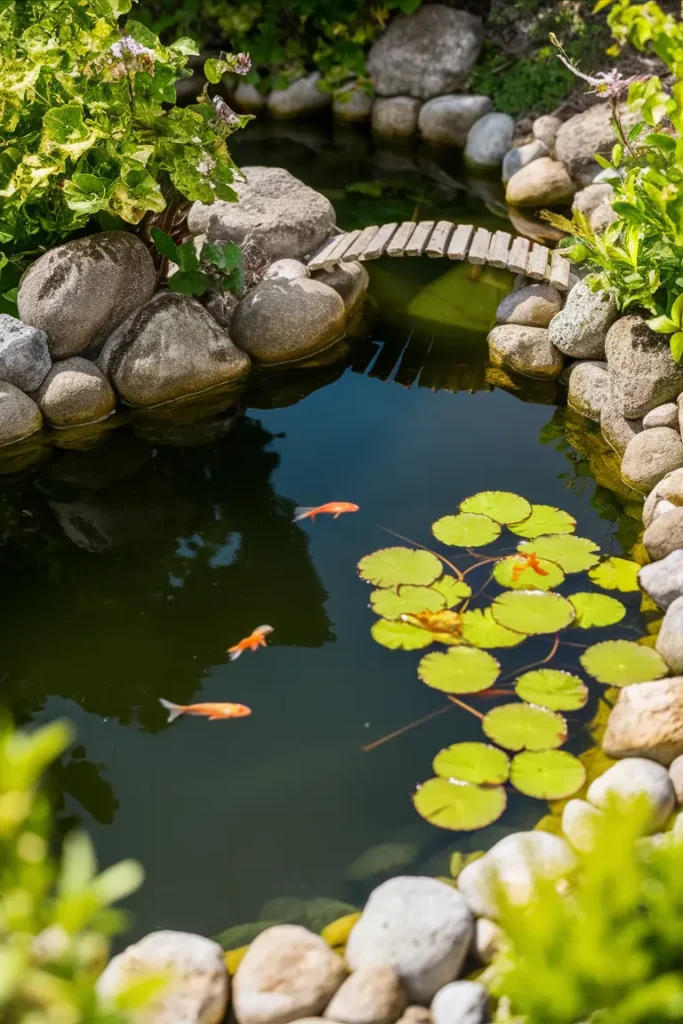
While traditional koi ponds can be large and complex, it’s possible to create a miniature version in a small Japanese garden. Start with a pre-formed pond liner or a large, shallow container. Install a small pump and filter system to keep the water clean and oxygenated. Instead of koi, which require substantial space, opt for smaller fish like goldfish or even aquatic plants alone. Surround the pond with rocks and pebbles to create a natural-looking edge. Add aquatic plants like miniature water lilies or lotus to the pond, and marginal plants around the edges. A small wooden bridge or stepping stones across part of the pond can add charm and functionality. This mini water feature will bring movement, sound, and life to your compact garden.
13. Bamboo Water Feature
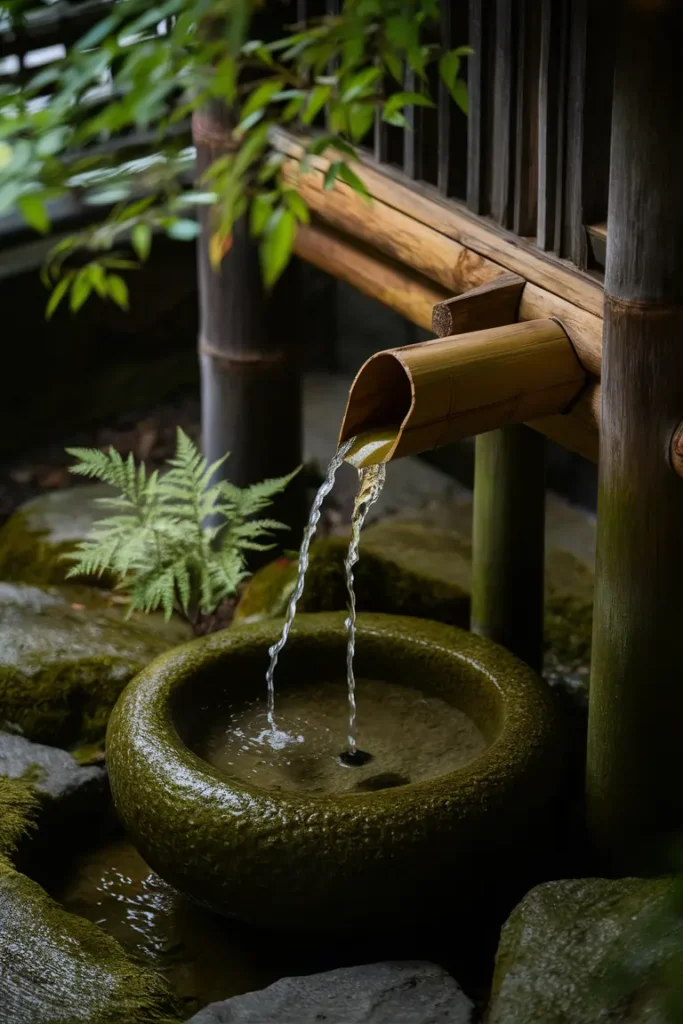
A bamboo water feature, known as shishi-odoshi, is a delightful addition to a small Japanese garden. This simple yet elegant device consists of a bamboo tube that fills with water and then tips to make a gentle clacking sound as it hits a stone. Not only does it add a soothing auditory element to your garden, but it also serves as a focal point. To create this feature, you’ll need a bamboo pipe, a water pump, and a catch basin. Arrange rocks around the base to conceal the pump and create a natural look. The rhythmic sound of water and bamboo will enhance the meditative atmosphere of your garden, making it feel larger and more immersive than its actual size.
14. Miniature Stone Lantern

Stone lanterns, or ishidoro, are iconic elements in Japanese gardens, providing both light and sculptural interest. In a small garden, a miniature stone lantern can serve as a beautiful focal point without overwhelming the space. Choose a lantern with simple, elegant lines that complement your garden’s style. Place it in a prominent location, such as at the end of a path or near a water feature. Surround the base with small pebbles or moss to integrate it with the landscape. While traditional stone lanterns were used for illumination, modern versions can be purely decorative or fitted with small solar lights for a soft glow at night. The lantern adds a sense of history and spiritual significance to your garden, embodying the Japanese concept of blending nature and human-made elements.
15. Vertical Japanese Garden
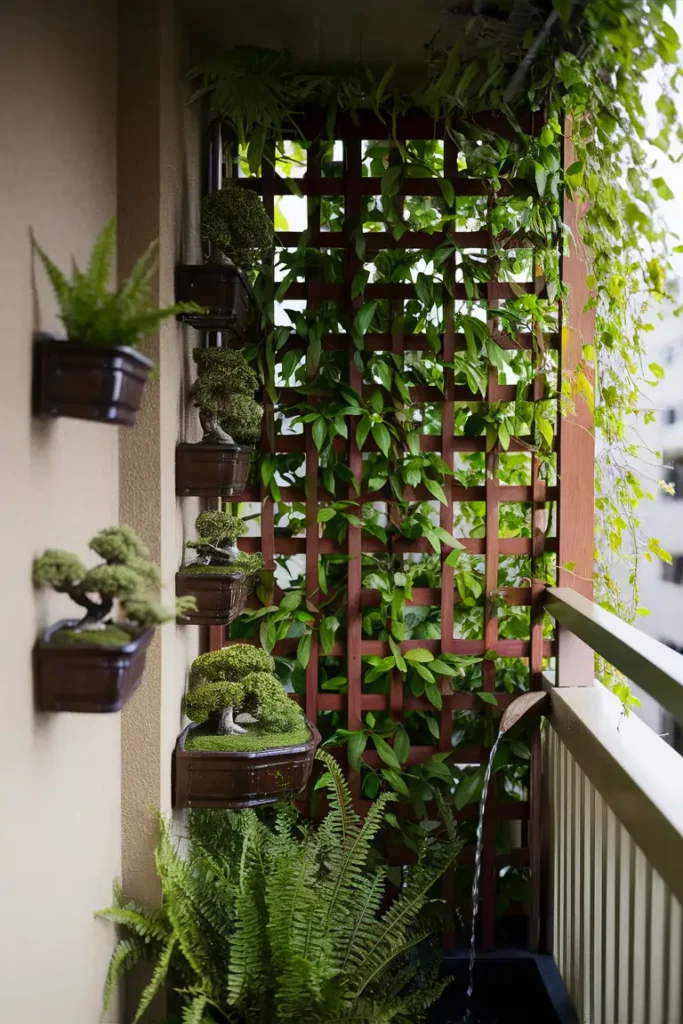
For those with extremely limited horizontal space, a vertical Japanese garden offers a creative solution. Utilize walls, fences, or specially designed vertical planters to create a lush, upward-growing garden. Start with a sturdy trellis or a series of wall-mounted planters. Choose plants that thrive in vertical settings, such as cascading ferns, climbing vines like jasmine or wisteria, and compact bamboo varieties. Incorporate small shelves or hooks to display miniature bonsai trees, hanging containers with moss, or small ornaments like wind chimes. Use varying textures and shades of green to create depth and interest. A vertical water feature, such as a wall-mounted fountain with bamboo spouts, can add the soothing sound of water to your compact space. This innovative approach allows you to enjoy the essence of a Japanese garden even in the most space-constrained urban environments.
Conclusion
Creating a small Japanese garden is an art that combines centuries-old traditions with modern space-saving techniques. These 15 ideas demonstrate that you don’t need a large area to cultivate a serene, Japanese-inspired outdoor space. Whether you choose to focus on a single element like a Zen rock garden or combine several ideas to create a more complex design, the key is to maintain simplicity, balance, and harmony with nature. Remember, Japanese gardens are meant to evolve and change with the seasons, so don’t be afraid to adjust and refine your garden over time. With patience and care, your small Japanese garden will become a personal sanctuary, offering a peaceful retreat from the hustle and bustle of daily life, no matter how limited your space may be.

